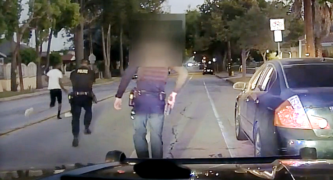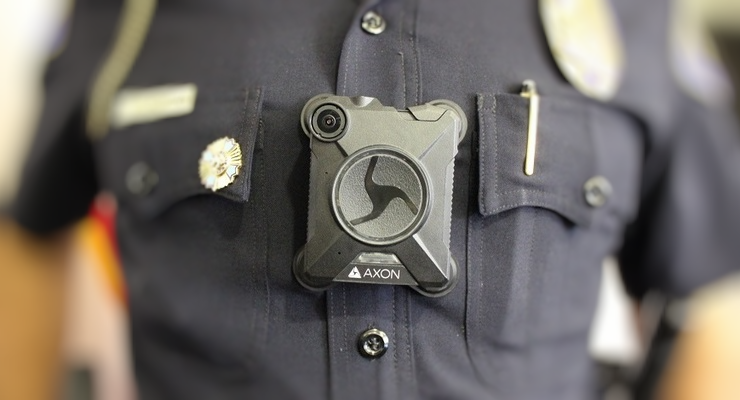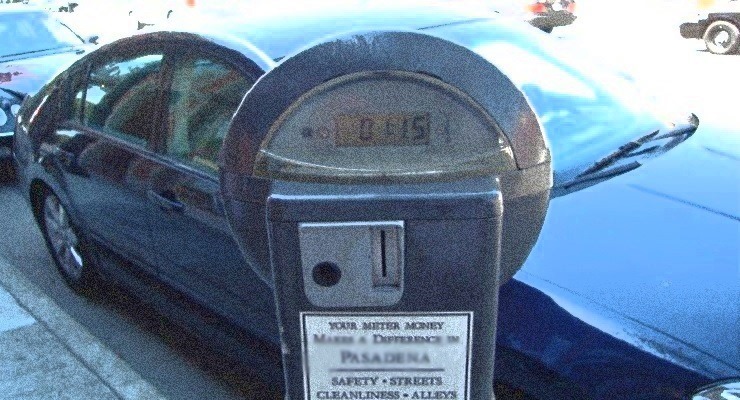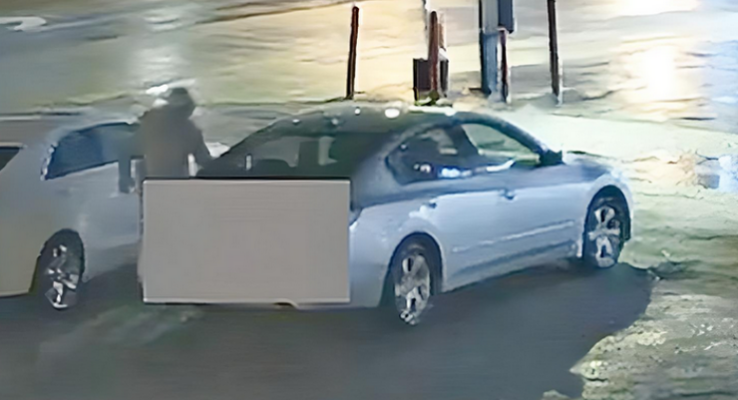 Two attorneys are separately suing the city and several police officers for wrongful death and civil rights violations in relation to the officer-involved shooting death of a Black man who was killed during a traffic stop.
Two attorneys are separately suing the city and several police officers for wrongful death and civil rights violations in relation to the officer-involved shooting death of a Black man who was killed during a traffic stop.
Attorneys Caree Harper and Michael Carrillo filed their cases in U.S. District Court earlier this month.
John Burton, an attorney representing another family member, has not yet filed a lawsuit.
Harper is representing members of McClain’s family, including his son and his daughter. Carrillo is representing McClain’s father, Archie Barry.
“As Anthony McClain ran, he was fleeing from decades of fear of police,” Harper says in her lawsuit. “As deadly [Officer Edwin] Dumaguindin chased him, he was pursuing from an embolden position of power cosigned by a local District Attorney who has refused to prosecute officers for killing Black men, a police chief who was promoted through the ranks due to his command over a rogue team of SES officers that served as judges and executioners to the Black community in Northwest Pasadena and finally a general unchecked mentality that PPD officers do not get disciplined for excessive force in Northwest Pasadena.”
Harper lists as defendants the city, Pasadena Police Chief John Perez, Dumaguindin, and an officer identified only as C. Rosa.
McClain, 32, was the passenger in a vehicle that was pulled over by officers near Raymond Avenue and Grandview Street at about 8 p.m. Aug. 15.
Officers said they pulled the car over because it did not have a front license plate.
The traffic stop appeared to be routine at first and the driver cooperated with police. Both men complied when they were asked to step out of the vehicle, but McClain fled almost immediately after stepping onto the street.
Dumaguindin opened fire, fatally striking McClain once in the back. McClain’s autopsy shows his shoulder was grazed by a second bullet. Officers said McClain had a gun, although he did not appear to brandish a weapon in footage released by the Police Department.
Dumaguindin did not turn on his body-worn camera before the incident, but he later activated it after McClain had been shot.
Failure to activate the body-worn camera is a violation of department policy.
Last month, police said that McClain’s DNA was found on the weapon after the L.A. County Sheriff’s Department completed testing on the weapon.
According to the lawsuit filed by Carrillo, McClain was shot twice in the back “without warning” and “without legal justification.” According to the plaintiff, McClain was shot by Dumaguindin “because he was an African-American man” and the officer and unnamed colleagues then participated in a cover-up.
“Even if his DNA is on the weapon, it doesn’t justify shooting a man in the back as he’s running away,” Carrillo told a City News Service reporter. “The Pasadena Police Department is looking for evidence to help their side, to help their cause, when they really should be looking at their officer’s actions who shot and killed Anthony that day.”
The shooting was being investigated by several agencies, including the District Attorney’s Office, the Pasadena Police Department, and an outside agency.
The suit seeks unspecified survivor and wrongful death damages, and legal fees.
In August a civil rights attorney told Pasadena Now that the shooting could be a test case for Assembly Bill 392.
Under AB392, police officers can use lethal force only as a “necessary” response to a threat — not merely as an “objectively reasonable” reaction, which is what state law allowed since 1872.
“This could absolutely be a test case for AB392,” civil rights attorney DeWitt Lacy told Pasadena Now. “Is it necessary force? We will see how the court responds. The application of the law is sometimes different than the written words.”
Under the terms of AB392, police can resort to deadly force if “the officer reasonably believes, based on the totality of the circumstances, that deadly force is necessary to defend against an imminent threat of death or serious bodily injury to the officer or to another person,” states the text of the law, “or to apprehend a fleeing person for a felony that threatened or resulted in death or serious bodily injury, if the officer reasonably believes that the person will cause death or serious bodily injury to another unless the person is immediately apprehended.”
City News Service contributed to this story














 0 comments
0 comments


